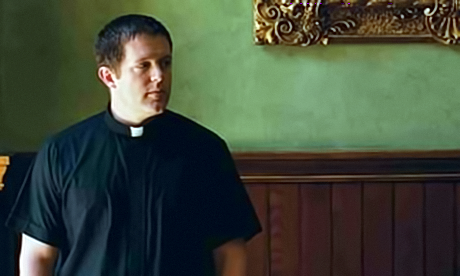When I first started reporting for my story “Resurrection,” I was hoping to understand what seemed like a straightforward question: Who wants to become a priest in 2012?
After all, a man who decides to become a priest is choosing a profession at a time when its public reputation has never been lower.
Fifty years ago, Catholic priests were pillars of the community: trusted, holy men of integrity. Today, they’re widely seen as a group of odd, lonely, and sexually-repressed men who abuse children at an alarmingly high rate.
In 2002, a Wall-Street Journal-NBC News poll showed that 64 percent of people thought priests “frequently” abuse children. Clearly, that’s a number inflated by anger over the abuse scandal, but still, various studies and reports have shown that somewhere between 4 percent and 10 percent of American priests between 1950 and 2003 were accused of sexually assaulting children.
The Catholic Church has taken many measures to stop the abuse, including instituting stricter screenings and immediately reporting allegations to the police, but the fact remains that most people still don’t trust priests like they used to.
The Church is well aware of its public-relations problem. As Father Chris O’Connor, the vice-rector at St. John’s Seminary, is fond of saying: “Priests are like airplanes. Most of them take off and land, take off and land, and everything’s fine. You only hear about the ones who crash.” Continue reading
